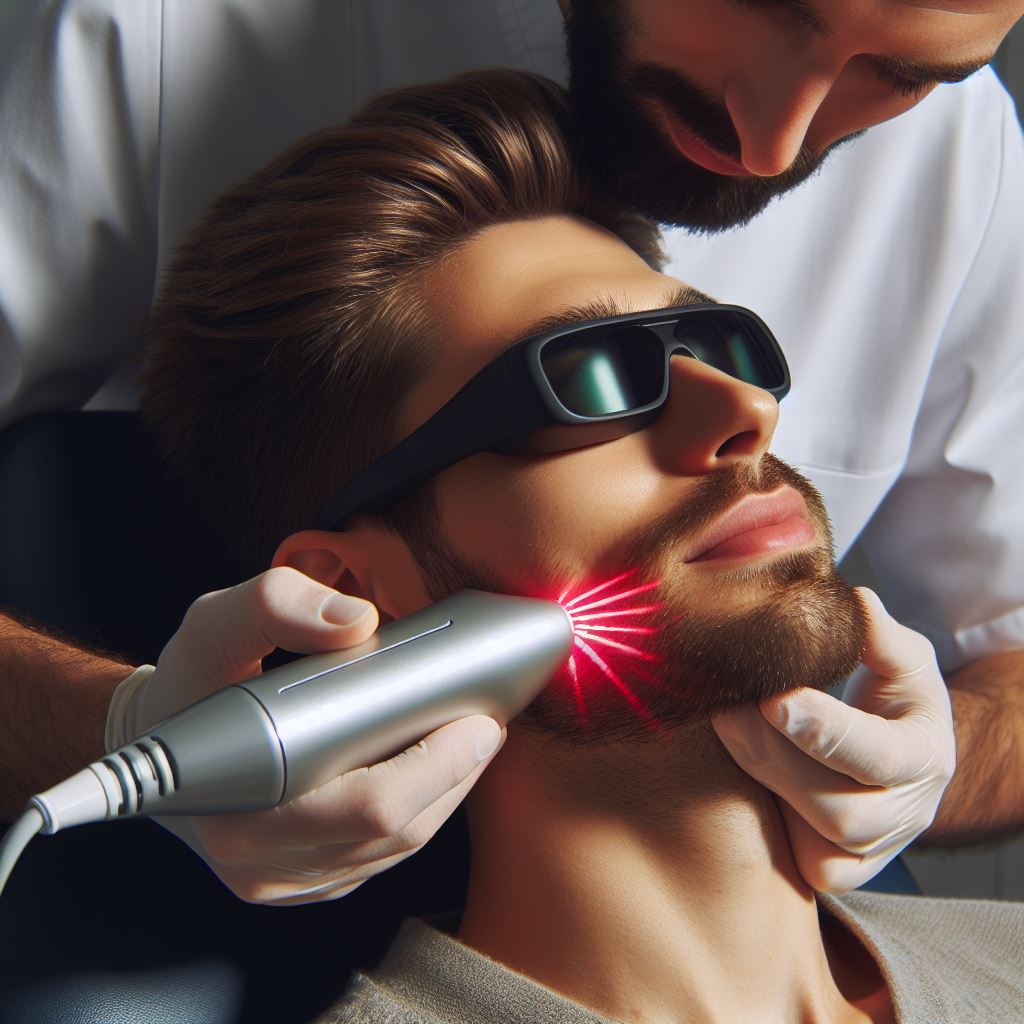© Copyright [year] | Being Physio
- OPEN 6 DAYS A WEEK | CLOSED PUBLIC HOLIDAYS
fluentformpro domain was triggered too early. This is usually an indicator for some code in the plugin or theme running too early. Translations should be loaded at the init action or later. Please see Debugging in WordPress for more information. (This message was added in version 6.7.0.) in /home4/jebcoomy/public_html/.website_fee74746/wp-includes/functions.php on line 6121instagram-feed domain was triggered too early. This is usually an indicator for some code in the plugin or theme running too early. Translations should be loaded at the init action or later. Please see Debugging in WordPress for more information. (This message was added in version 6.7.0.) in /home4/jebcoomy/public_html/.website_fee74746/wp-includes/functions.php on line 6121Low-level laser therapy (LLLT), also known as low intensity laser therapy (LILT), is a non-invasive treatment that utilizes low power lasers to stimulate cellular function and promote healing. It is an emerging field that is gaining popularity as an alternative treatment for various medical conditions, including pain management.
Class 3b lasers, which are low intensity lasers, are commonly used in LLLT. These lasers have a power output of less than 500 milliwatts, making them safe for use on humans. They emit non-ionizing radiation, which means they do not cause tissue damage or harm to cells.
The mechanism of action of LLLT is that of photobiomodulation; the process by which light sensitive receptors in human tissue can absorb light energy of specific wavelengths to trigger cell function. It is similar to the process by which vitamin D is synthesized from exposure to sunlight; or to photosynthesis in the plant world. Essentially, it works by increasing cellular metabolism, improving blood flow, and reducing inflammation.
Within a physiotherapy or other health care practice, it is used for:

Musculoskeletal Pain:
Tissue Repair and Wound Healing:
Inflammation and Edema Reduction:
1. Assessment and Diagnosis:
2. Treatment Planning:
3. Treatment Procedure:
4. Monitoring and Adjustments:
5. Contraindications and Safety:
Low-level light therapy (LLLT) yields prompt results, with treatment durations varying based on the nature of the condition. For acute ailments, typically five to six sessions are sufficient, while chronic illnesses like lumbar spine pain may necessitate eight to twelve treatments.
It’s important to note that these figures represent general treatment guidelines. As each patient possesses unique circumstances, including the severity of their condition, overall health, and the quality of equipment employed, actual healing timelines can vary.
Individuals managing lifelong health concerns may benefit from periodic follow-up sessions, often scheduled monthly. Health professionals have integrated LLLT into their practices for over three decades, with no reported adverse effects. Occasionally, some patients may experience temporary exacerbation of old injuries or heightened discomfort post-treatment, indicative of the body’s heightened natural healing response.
In conclusion, LLLT treatment procedure is a non-invasive, painless, and safe therapy that physiotherapists can use to effectively manage a variety of musculoskeletal conditions by reducing pain, inflammation, and promoting tissue repair.
At Being Physio, we empower you with essential knowledge and resources to preserve your mobility, attain lasting improvements, and enjoy a life of high quality.
To schedule an appointment, you can conveniently click here to book online or reach us directly by phone at 1300 208 601.
Whether you’re contending with persistent muscle cramps or any other impediments hindering your ability to embrace life fully, don’t delay – schedule your consultation today, either online or in-person.
Ready to feel better and move pain-free? Book your appointment now and let’s begin your journey to a healthier you!
In the spirit of reconciliation Being Physio acknowledges the Traditional Custodians of country throughout Australia and their connections to land, sea, and community. We pay our respect to their Elders past and present and extend that respect to all Aboriginal and Torres Strait Islander peoples today.